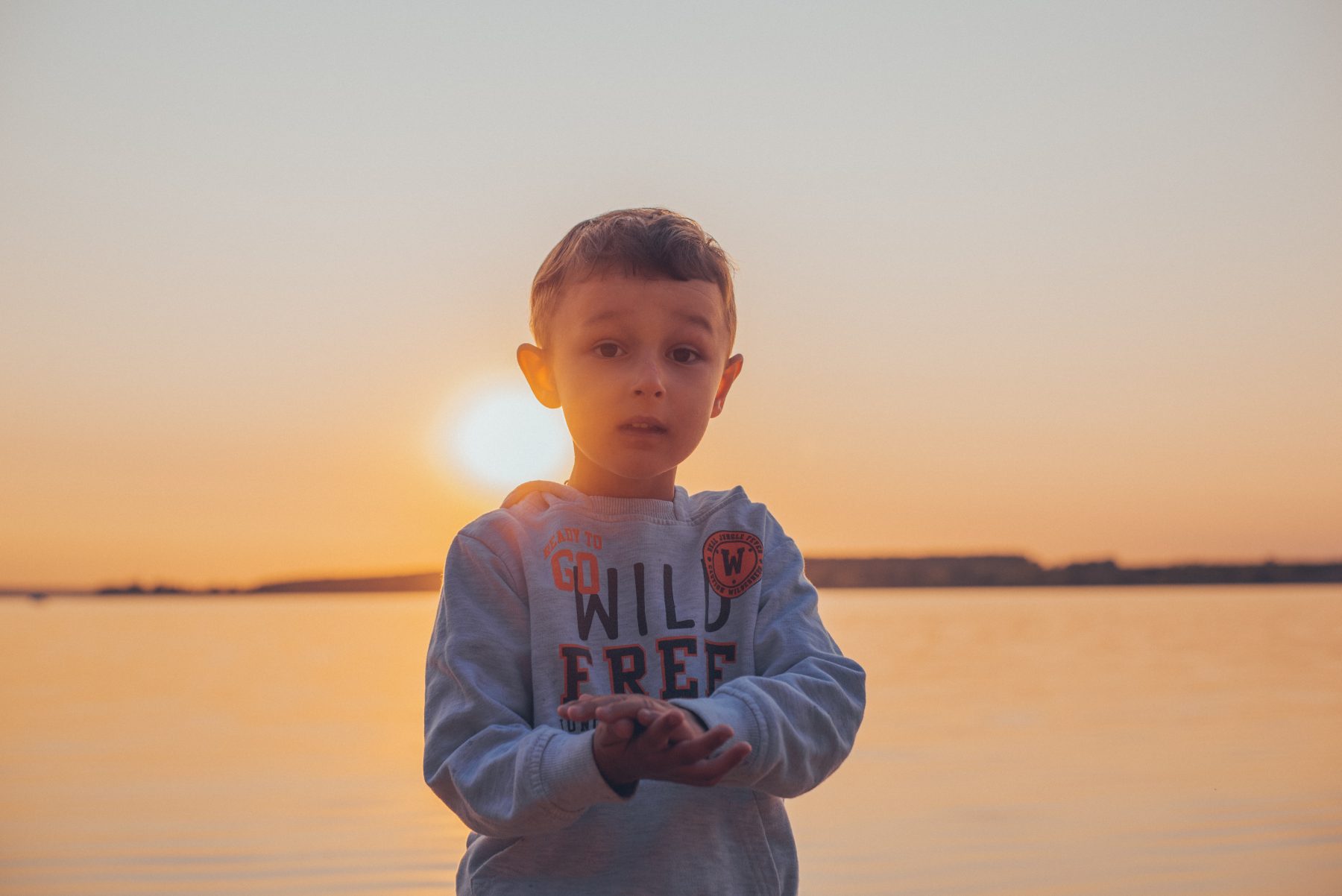Lashing out or asking for help? An alternative view of supporting behaviour

It’s morning and Eddie walks through the door to the kindergarten. He says hello and you give him your full attention. He persists to engage you in conversation long after the initial greeting. You are busy talking to other children and remind him that you are speaking to someone else. He doesn’t listen and continues to demand your attention. You stop what you are doing, give him your undivided attention and assist in settling him in to care.
He loves the trains and asks repeatedly for you to get them. You collect the trains and set them up on the floor. Another child comes over to play and he screams ‘go away’, lashing out with the train in his hand.The other child doesn’t go away so he throws the train at him. The child cries and Eddie screams and starts running around. He swipes at everything in sight, including you. This is typical behaviour for Eddie. It is also exhausting for the educators who are constantly supporting him.
Fast forward to your daily yoga session. Eddie brings the train to the mat. He loves trains and won’t come without it. An educator sits beside him and reminds him when it’s time to listen and not to talk. He tunes into the resonating sound of the singing bowl and demands to have a turn at facilitating the meditation. You remind him to wait until the meditation is finished, then give him his turn. You understand the more you give attention to the children who demand it, the more their needs will be met. When he’s finished facilitating the meditation, he chooses the next child to have a turn. He then runs off and the educator follows him.
Eddie returns after a few minutes and joins in the fun but loud yoga activity, jumping around and responding well to the instructions. The educator yells out ‘annnnddd stop!’ Everyone balances on one leg. Eddie is wobbly and says ‘whoa’ but manages to hop balance on one leg, knocking into people and laughing.
Next we sit crossed legged on the mat, ready for a breathing activity. Eddie runs off again, with educator in tow.
At relaxation time, the educator manages to coax him back for a ‘beautiful story about the stars’. Eddie lies still on his back with his special ‘wishing stone’ balanced between his brows. He knows not to move because the stone will fall off and the magic won’t happen. He moves and it falls off. This happens three times. The educator is right by his side, quickly putting it back on his forehead each time, so that he doesn’t move too much. She patiently reminds him to ‘remember to lie still so the magic of stillness works and you will feel so much better’. This time Eddie lies still. The meditation story lulls him into a quiet state.
The educators all look at each other with raised eyebrows and nods towards Eddie. They can’t believe that he has been lying there for about 8 minutes!
Eddie hasn’t participated in a full yoga session yet. He comes and goes with freedom. The educators are there to support him and guide him accordingly. After only three sessions Eddie shows us what we know to be true – that all children crave the need to relax and be still. Some children just need to be taught how to calm down in an engaging way, with support and respect for where they are emotionally.
A holistic meaningful yoga program can create changes in the neural pathways that allow children to increase the ability to focus and calm down.
Yoga encompasses the elements of mindfulness, movement, breathing, relaxation, meditation and more. Not all stages of a holistic program will engage certain children. That’s why it’s important to offer these different elements of a yoga program and to have supportive educators who understand a child’s need to have freedom during the program. Over time, the new changes in the neural pathways strengthen as the child practices these yoga skills.
To have long lasting responses to yoga, a daily holistic program needs to be embedded into the early childhood environment. Learning the skills of facilitating yoga in early childhood is not as challenging as you may think. Once you understand the elements of a holistic program, educators have the capability of facilitating sessions themselves.
Early childhood yoga is play based and therefore easier and safer to implement than school yoga. Educators are natural facilitators in many different ways with modalities such as singing, dancing and musical instruments. Yoga is another modality to learn and practice becoming familiar with it. Alternatively, you can hire a trained early childhood yoga specialist to visit your service.
This story is based on a real child with trauma.
If you would like more information on how to develop your yoga skills you can join our Facebook community – The Children’s Yoga Academy for Educators














